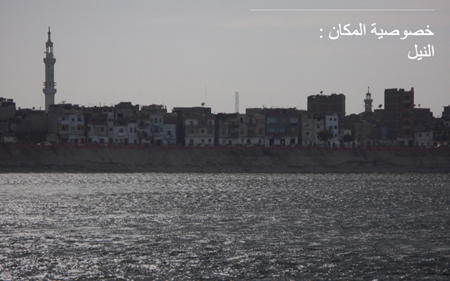River Nile - An autonomous space

Students: Bianca Kummer, Michel Frei
The space of the Nile has an enormous cultural and symbolic value for the Egyptian population as ‘the space of life’. The presence of water in the desert land creates a specific landscape that has been cultivated, controlled and appropriated throughout history. This research topic investigates the role that the river plays within the present day urban configuration of the Nile Valley. Can we trace and read the rich ‘Nile culture’ through the use of the river and its riverbanks? How do the city of Assiut and the other smaller towns and villages relate to the Nile? Are riverbanks used as a leisure space? Are the banks public or private? Which programs are commonly found along the river? What are the recent trends of transformation of Nile riverbanks? What is the role of private capital in these transformations? How do agriculture and urbanization affect the environmental quality of the Nile, such as biodiversity? How is the river itself used? Does it still function as a decisive infrastructural axis for the Upper Egypt?

